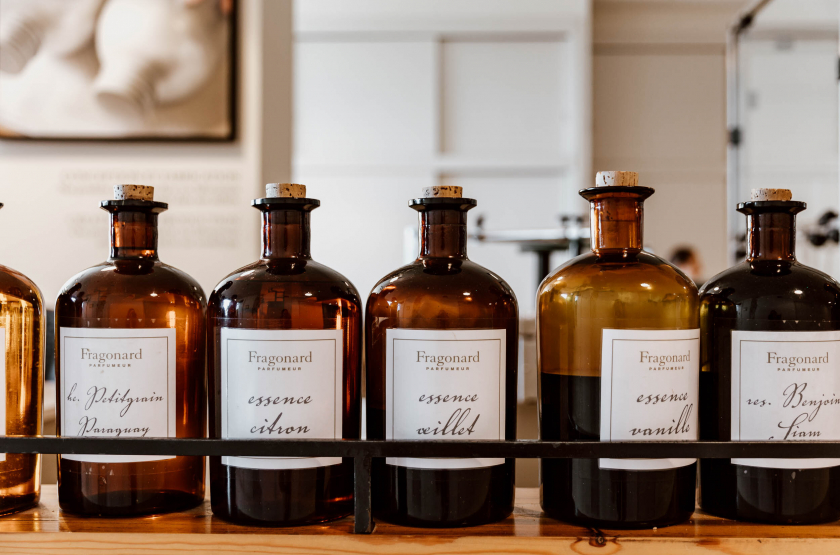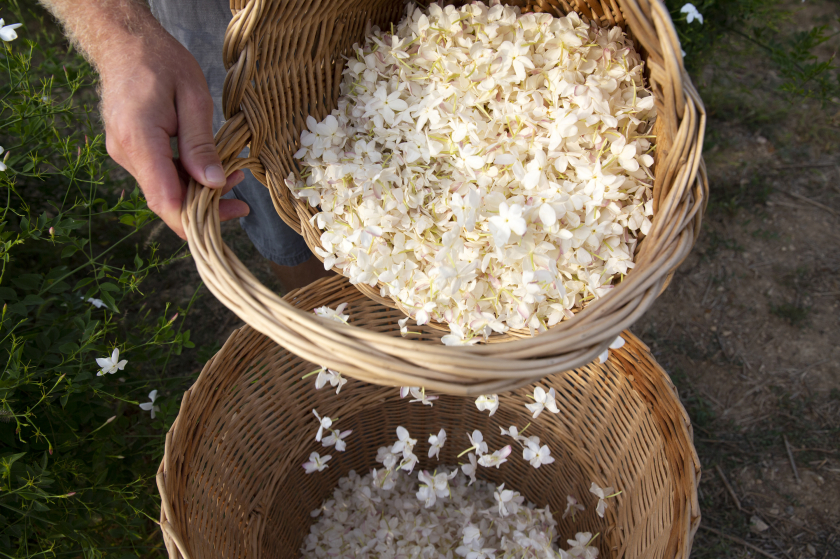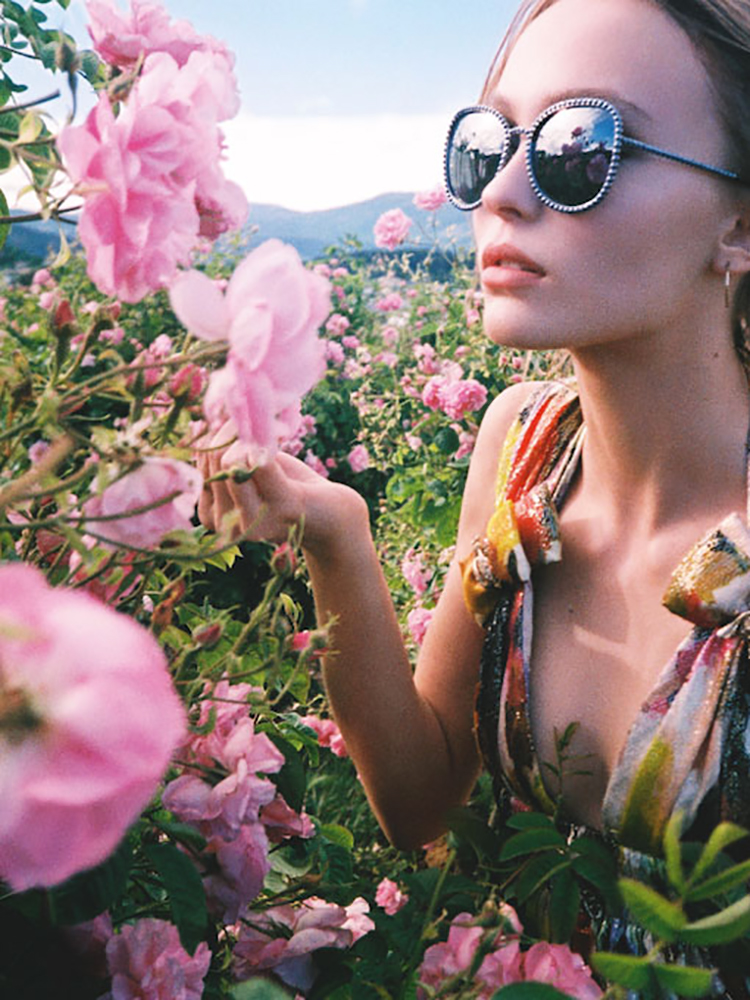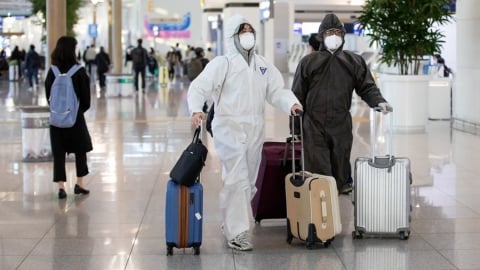Grasse: The ancient city that holds the soul of fragrant water
Grasse is located in the south of France, in the midlands of the Côte d'Azur region. It is just 12km from the party city of Cannes. With its ideal geographical location surrounded by sea and mountains, Grasse is famous all over the world as the perfume capital.

The "nose" of perfume brands always come to Grasse to train their hearing, learning to distinguish more than 2000 different scents that this land possesses.
Why is Grasse the cradle of perfume making?
It is no coincidence that an ancient city like Grasse has become the soul of the perfume industry.
First, this land has always had favorable climatic conditions for growing many crops. For example, mild temperatures, long warm sunny seasons, and little rain.

Second, the soil is rich in alluvium, so the land is very fertile, helping the flowers here create a strong fragrance.
Third, Grasse is home to hard-working, passionate perfumers. The technique of handcrafting perfumes has been passed down through generations and is still practiced today.
How did the Grasse perfume industry begin?
The reason Grasse became the capital of perfume was quite random, starting from a very practical need, not at all flowery.
During the Renaissance, around the 16th century, this land was the place where leather was processed and gloves were made. And everyone knows that the tanning process causes a strong, pungent, unpleasant smell.

At this time, a tanner in Grasse, Jean de Galimard, had an idea: Why not use perfume to remove the bad smell of new leather? Around Grasse, wild flowers grew abundantly. They became the raw materials to make the first perfume bottles.
He later presented a pair of scented gloves to Catherine de Medici, Queen of France (1547-1559). The scented leather gloves were so popular with the aristocracy that King Louis XIII recognized Perfumed Glove Makers as a distinguished craft in 1614.
In the early days, Grasse artisans specialized in creating perfumes from native flowers. The most popular were roses, tuberoses, and jasmine. Over time, the production of perfume oils became more profitable than the production of gloves, and a luxury perfume industry was born.
However, it was not until the early 20th century that Grasse and its surrounding areas achieved a world-recognized reputation. The production of aromatic essences and raw materials was carried out on-site.

Today, the perfume industries in Grasse have increased and expanded their scope of activities to meet the needs of the growing market. In addition, tourism based on the perfume industry also brings good profits to Grasse.
Famous flowers of Grasse
The most commonly used native flowers are jasmine, rose, orange blossoms and leaves, lilies, jonquil (a daffodil family), violets, mimosa, and the lavender families (lavandin and lavender).
Roses are harvested from early May to early June. Orange blossoms are harvested from late April to early June. Jasmine is harvested in July and August. Lavender is in full bloom in July.
In addition to the above raw materials, the perfume factory in Grasse will import additional raw materials from other countries in raw state such as:
Roots: irises of Tuscany, Haiti and Java
Lichen: Oak moss from the Balkans
Seeds: Ambrette from Martinique/Seychelles, pepper, carrot, cumin or coriander.
Wood: Sandalwood and Cedar
Leaves: Patchouli, Geranium, Violet
Bark: Cinnamon, Styrax
Gum: Cistus, frankincense, Opoponax
What to do when traveling to Grasse?
Even if you are not an expert in perfume making, you can still visit the city of Grasse to enjoy and admire. Since Grasse is only 12km away from Cannes, you can take a bus or taxi to get to Grasse from Cannes.
You can go to the Galimard studio in the heart of Grasse. Three times a day, Galimard offers a workshop to help you create your own perfume. During the workshop, you will learn about the three layers of perfume, how to create the right scent combo, etc. And of course, make your own perfume.

Many tourists come to Grasse looking for the vast fields of flowers. In fact, flower cultivation is concentrated on small family plots. Flowers are grown seasonally and often have a very short growing season.
One place to visit is La Domaine de Manon, which is the supplier of Rose de Mai roses, tuberoses and jasmine for Dior. Visit Grasse in the first week of August for the Jasmine Festival (Fête du Jasmin). The festival celebrates the flower with a grand fireworks display. People also throw jasmine petals and spray perfumed water on passersby.






























